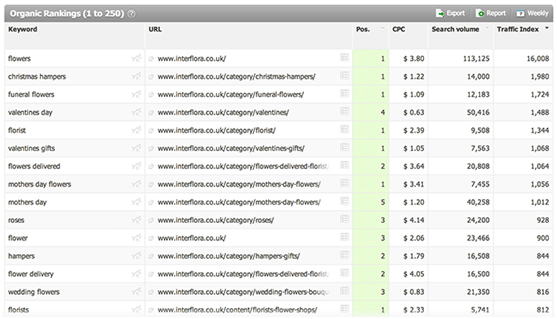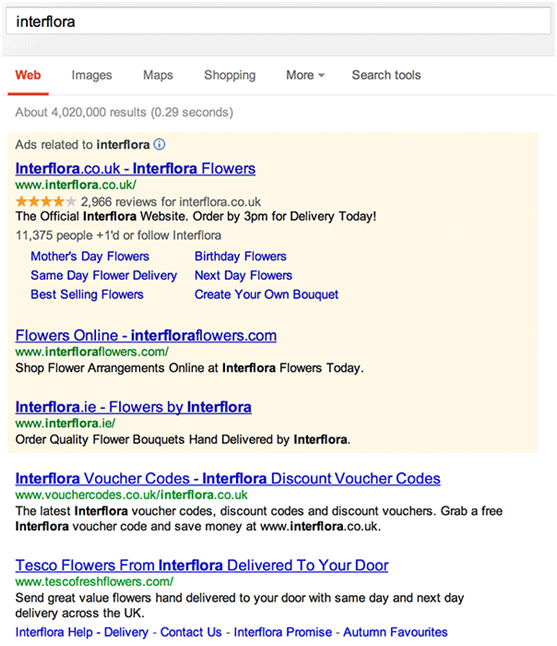1. Disavowed Links Are Still Shown In your Google Webmaster Tools (GWT) account
A lot of our clients have asked us why their Google Disavow stuff is not working well for them. A lot of SEO practitioners (even competitors) have also emailed us to want to work with us. Some of the common questions they asked us were “I disavowed thousands of links, but I still see them in my Webmaster Tools backlinks! Why is that so? Without this properly done, they can’t do proper SEO!”
When a link is disavowed, the next time that Google crawls that link they essentially add an invisible nofollow tag to the link. There is no external evidence of this. Just as your nofollowed links are listed in GWT, so are your disavowed links.
Google’s John Mueller conducted a YouTube Google Webmaster Tool Hangout he said, “Disavowed links stay in Webmaster Tools” and in this hangout, he said, “When you disavow links we will still show them as inbound links in Webmaster Tools.”
2. You Don’t Need to Include Nofollowed Links in the Disavow File
A nofollowed link doesn’t carry PageRank and won’t affect your Google rankings. Here is more information on what Google says about whether to include nofollowed links in your disavow file.
“You don’t need to include any nofollow links…because essentially what happens with links that you submit as a disavow, when we recrawl them we treat them similarly to other nofollowed links,” Mueller said. “Including a nofollow link there wouldn’t be necessary.”
3. Disavowed Links Can be Reavowed
If you have added a link to your disavow file in error, or if you change your mind about disavowing a particular link, you can remove the link from your file and reupload it. The next time Google visits that particular link, they will see that it is no longer in your disavow file and will start counting that link toward your PageRank again.
If a link you reavow was indeed one that Google had considered unnatural, removing it from your disavow won’t do any good and actually could do you harm. A client of mine got penalized a second time by Google by reinstating links that they had previously disavowed. When you get penalized a second time, Google makes you work even harder to get your penalty lifted! An example would be Interflora – a renowned online Florist site. They used to be ranked for so many keywords on page 1 of Google. See the screenshot below of the keywords they used to rank on page 1 before.
After their site was found to be in breach of Google’s SEO rules, Google punish them by removing them from the index! Even if you search for their own company’s name “Interflora”, they couldn’t be found!
A good example of a situation where you might want to reavow a link would be the case where you have disavowed an entire domain, but now have a truly natural link from that domain. Let’s look at an example.
Let’s say you had an unnatural links penalty and a good portion of your unnatural links came from keyword-anchored links in a widget that was embedded by a large number of sites. Perhaps a high-quality site had embedded your widget and you had disavowed it at the domain level. But now, that high-quality site has actually mentioned your business and linked to you. Because the entire domain is disavowed, that natural link won’t count.
What you would do in that situation is remove the domain:example.com directive from the disavow and insert the URL on which your widget is listed. (This is assuming you couldn’t get the link from the widget removed.) If you do this, be careful to include every URL that could link to this widget as the link may exist on:
- example.com/widget_page.html
- example.com/category/widgets/
- example.com/archive/page2.html
…and so on.
The next time that Google recrawls this site, they will only disavow the specific URLs that are in your disavow file and links on other pages of this domain will be reavowed to your site.
Here is Mueller explaining that links can be reavowed:
“Links are essentially only disavowed as long as they are in the disavow file. So, if you remove them after some point, then essentially when we recrawl and reprocess those URLs … then we will treat those as normal links again. If you remove them, then essentially you are returning them to their normal state. If they were problematic links in the past then they would be problematic links again.”
Conclusion
We hope the above hasn’t been too technical for you. It is not our intention to write a post to complicate or to further confuse our readers. More importantly, we want to educate to the masses the importance of SEO and how critical it is to engage an SEO agency that can do things right. For more queries on SEO, do call us at 6362 0123 or submit an enquiry here!


